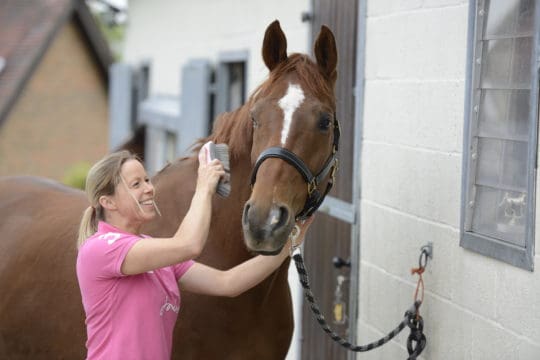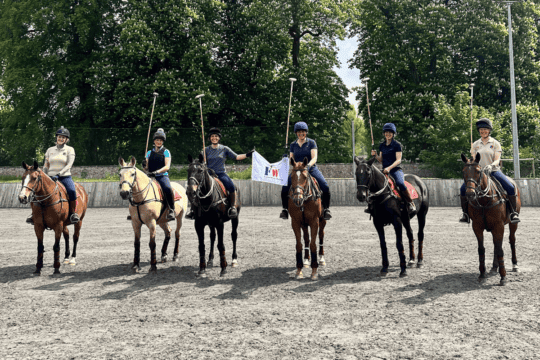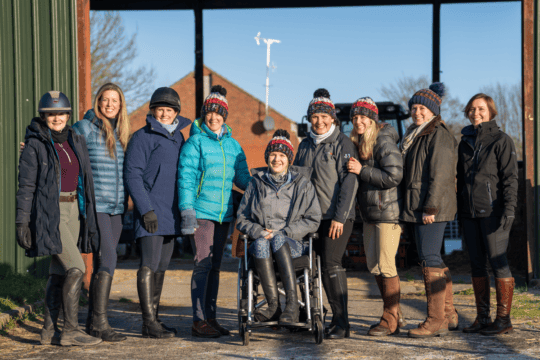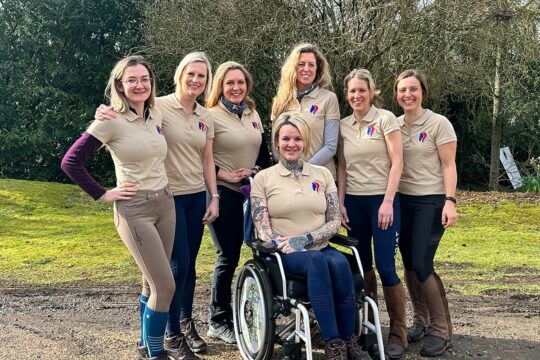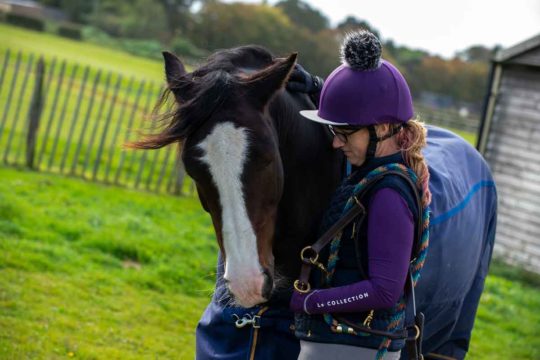
Most Read Articles
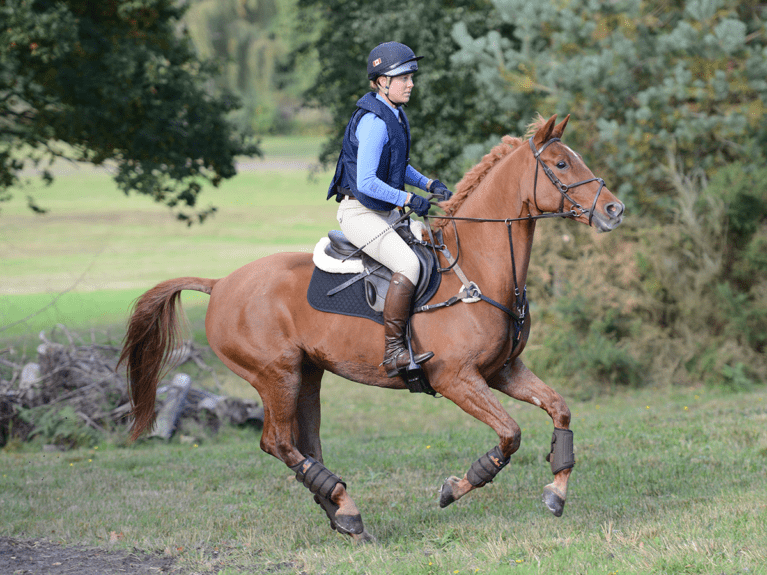
Safety is always a hot topic in any sport and horse riding in particular carries a higher risk of serious injury than most other sporting activities. Nevertheless, there are many things we, as riders, can do to mitigate this risk, one of which is to ensure we always use the most up-to-date and well-designed equipment.
With injuries to the head being among the most common of those occurring as a result of falls from and accidents with horses, the vast majority of riders will always make sure they wear a hat or helmet when riding and often when handling horses, too. However, there are other safety items that can offer protection both in the saddle and on the ground and these include boots, body protectors, gloves and air jackets. While gloves and boots also have their own standardisations, only hats and body protectors have safety standards that relate specifically to riding.
Is there a best hat?
This question is difficult to answer, as each standard represents a potential range of different types of accidents. If you know the type of accident you’re likely to have, then you could choose the standards your hat should have. This is, of course, impossible – but looking at the types of tests undertaken in the standards is a good starting point.
For example, if you’re worried about a horse landing on you when jumping, then a hat with a high mechanical strength will offer greater resistance in crushing-type accidents. This is why many eventers choose hats with a Snell or PAS015 standard.
In addition, the more standards your hat bears, the wider the variety of tests it will have gone through, so a multiple standardised hat will likely offer you a greater level of protection than a hat with only one standard.
There are also differences between standards around the world, largely depending on the various riding conditions in different countries. The American standard, ASTM F1163, for instance, allows hats with quite large ventilation holes to be made, reflecting the desire in a warmer climate for more ventilation. Because of the holes, this standard does not feature a penetration test using a spike, nor does it undergo a mechanical strength test, such as the ones used in both the Snell, PAS015 and the new EN1384. The latter is expected to be approved later in 2023 and checks for the ability of the hat to give protection in crushing-type accidents.
Air versus foam
Body protectors have been in common use for many years, particularly for cross-country and other high-risk riding activities such as racing. As a result, like hats, body protectors are now tested and standardised, but there are fewer standards for body protectors than there are for hats. More recently, air jackets have also started to become popular. When worn, an air jacket remains flat, rather like a tabard, and it only comes into effect when the lanyard attached between the rider and the saddle is pulled during a fall.
The main difference, therefore, between air jackets and body protectors is that a body protector offers protection all the time you’re wearing it, whereas an air vest will only offer protection when inflated – that is, when you fall off and trigger the gas cylinder to fill the vest.
Currently, there is no standard for equestrian air vests – they must be CE or UKCA marked, but this does not require any specific testing. Some garments are tested to the motorcycle standard, but this isn’t the case for all brands and the motorcycle standard is obviously not designed for horse riding accidents.
BETA has been part of the EU working group writing a standard for equestrian air vests and this should be published soon. It will give some consistency to the products as well as reassurance to riders that their garment is built to protect them should they have a fall.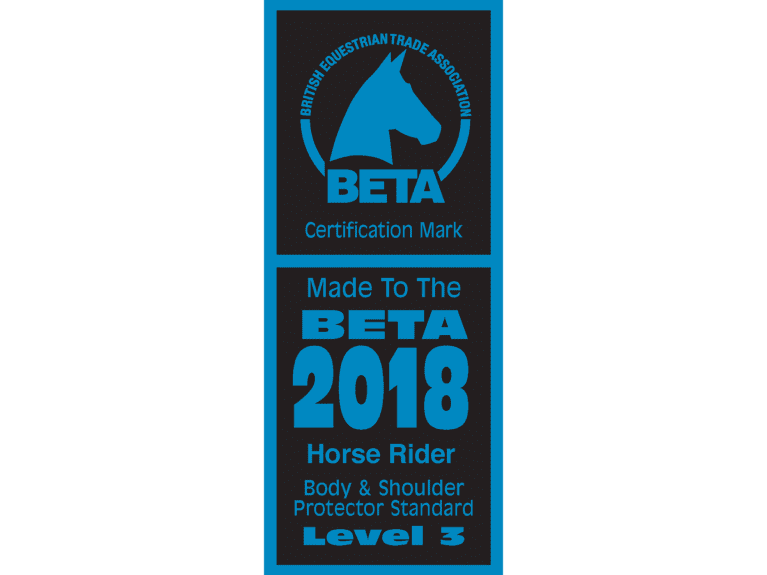
To find out more about safety standards in hats and body protectors, check out the March 2023 issue of Horse&Rider.
Thanks to Claire Williams, executive director and secretary of BETA, for her help with this article.
Photo credit: Bob Atkins

